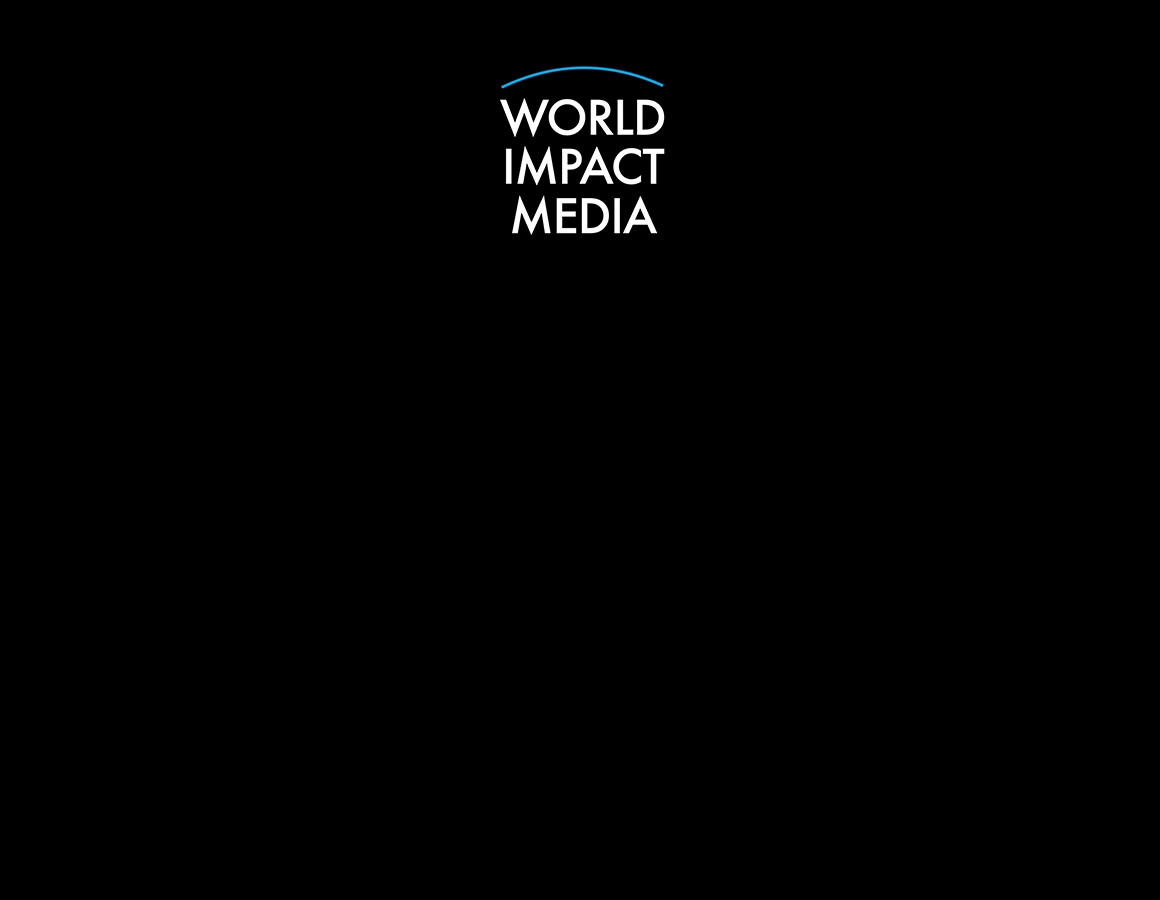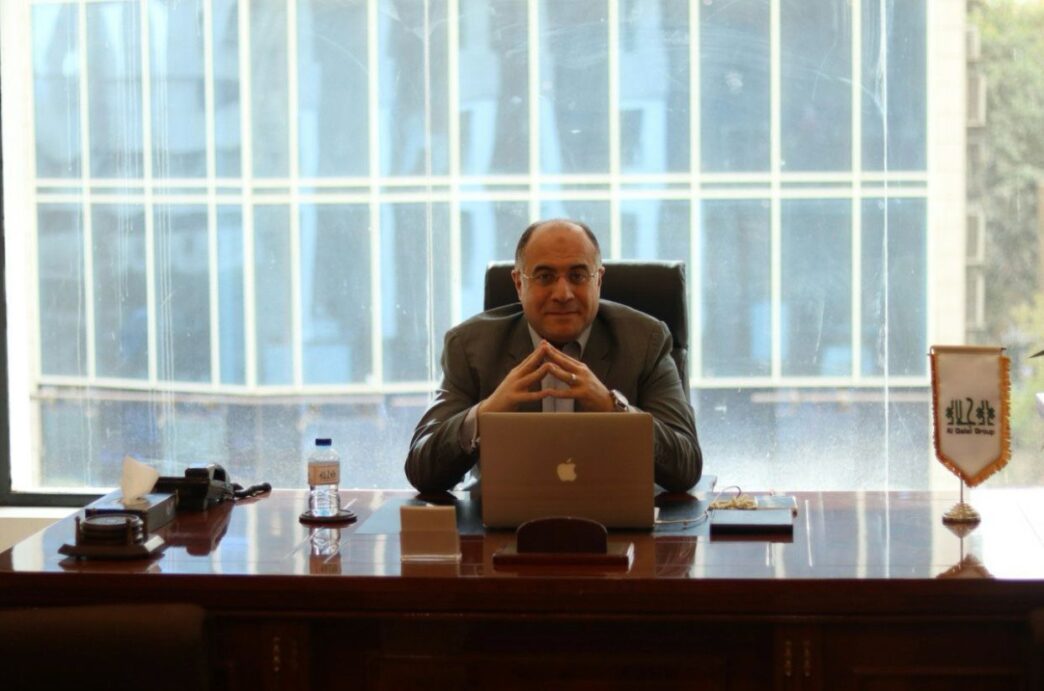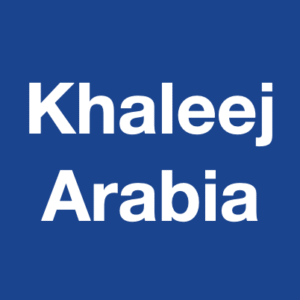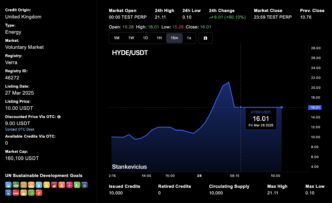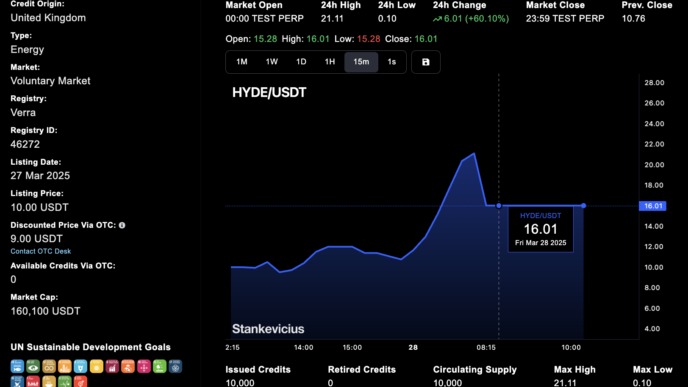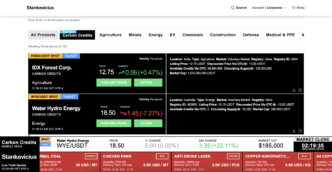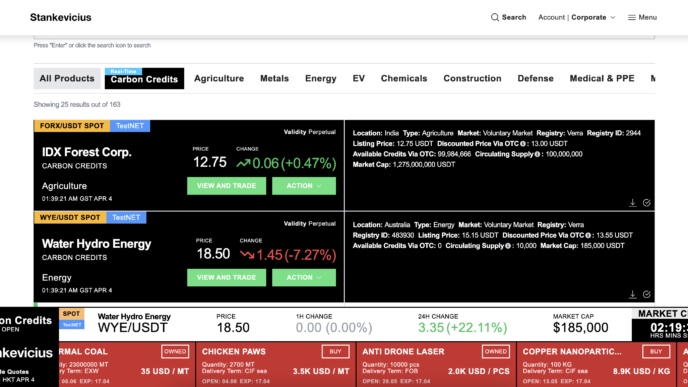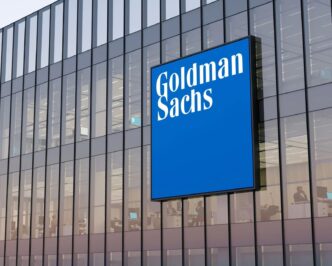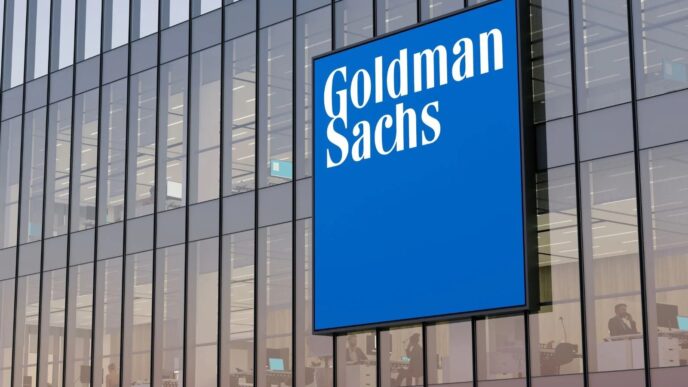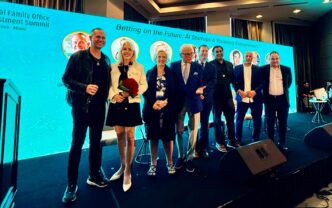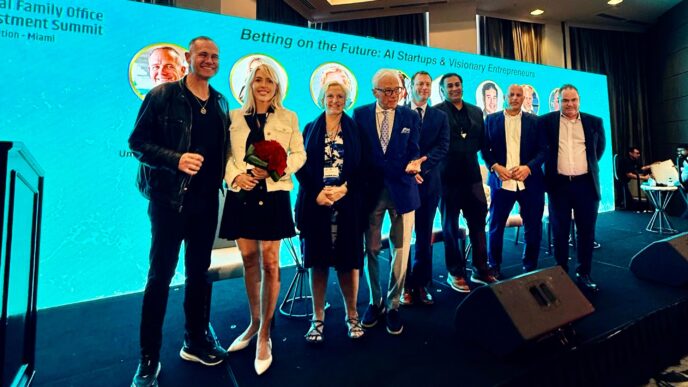This article explores the paradox of surplus funds accumulating in financial institutions while emerging projects continue to face challenges in securing necessary funding. We examine the obstacles faced by both investors and projects, propose innovative mechanisms to bridge this funding gap, and emphasize the importance of aligning surplus capital with sustainable development goals. A case study of the ‘Elite B2B & Networking Platform Group’ highlights a practical approach to connecting investors, project owners, and policymakers across nearly 100 countries, contributing to sustainable economic growth.
1. Introduction
In the global business landscape, a paradox exists: surplus funds are stockpiled in financial institutions seeking to protect against inflation, yet emerging and established projects struggle to access the capital needed to launch or expand. This discrepancy raises important questions about the best use of excess funds and the roles different stakeholders can play in promoting sustainable development. Addressing this gap is crucial for job creation, productivity enhancement, and fostering economic stability in an increasingly interconnected world.
2. Challenges for Investors and Projects
2.1. For Investors
- Investment Risks: Global market volatility and uncertain outcomes make many investors hesitant to finance startups.
- Project Evaluation: Assessing early-stage ventures requires specialized expertise, which many investors lack.
- Finding Reliable Opportunities: Investors often struggle to identify transparent and promising investment opportunities.
2.2. For Projects
- Limited Access to Funding: Many startups and emerging projects face significant challenges in securing investment.
- High Capital Costs: Expensive financing options can inhibit growth and scalability.
- Attracting Investment: A lack of well-prepared feasibility studies and business plans can deter potential investors.
3. Proposed Solutions
- Dedicated Platforms: Establish specialized electronic platforms or institutions to directly connect investors and project owners.
- Innovative Financing Options: Develop alternative funding avenues like crowdfunding and specialized investment funds to secure capital.
- Increased Transparency and Governance: Improve transparency in project operations and evaluations to facilitate more accurate risk assessments.
- Sector-Specific Investments: Focus on sectors with high potential for sustainable development, such as renewable energy and clean technology.
4. Government’s Role in Bridging the Gap
Governments can play a pivotal role in resolving the funding paradox by:
- Creating Favorable Ecosystems: Introducing policies and regulations that protect investor rights and ensure market transparency.
- Providing Incentives: Offering financial incentives and support to both investors and project owners to encourage investment.
- Ensuring Ethical Practices: Implementing frameworks that promote ethical and transparent financial practices, which build investor confidence.
5. Case Study: Elite B2B & Networking Platform Group
To address the funding gap, the ‘Elite B2B & Networking Platform Group’ was created—a WhatsApp-based platform connecting investors, project owners, and government decision-makers across nearly 100 countries. This initiative demonstrates how digital networking can break down traditional barriers, streamline access to capital, and foster sustainable development through international collaboration.
6. Conclusion
Bridging the gap between surplus funds and viable investment opportunities is essential for sustainable growth. Investors and projects face unique challenges that demand innovative financing solutions, enhanced transparency, and proactive government intervention. Initiatives such as the Elite B2B & Networking Platform Group illustrate how digital networking and strategic collaboration can stimulate economic development, promote innovation, and contribute to long-term global stability.
7. References
- Sachs, J. D. (2015). The Age of Sustainable Development. Columbia University Press.
- United Nations. (2015). Transforming Our World: The 2030 Agenda for Sustainable Development. United Nations.
- Gompers, P. A., & Lerner, J. (2001). The Venture Capital Revolution. Journal of Economic Perspectives, 15(2), 145–168.
Contact Information
Ahmed Galal Eldin
Ahmed@Algalalgroup.com
Ahmedgalaleldin11@gmail.com
